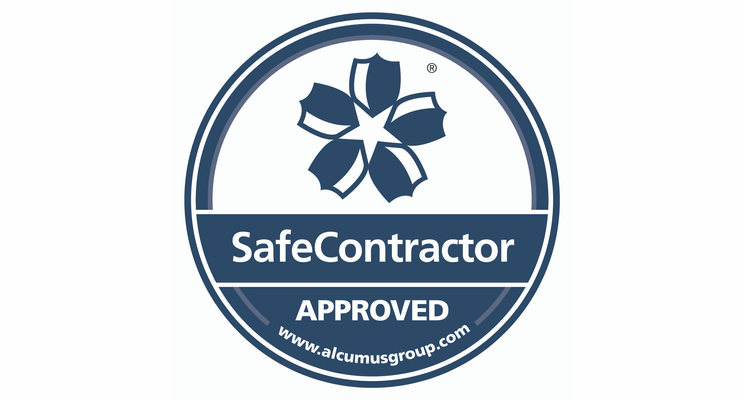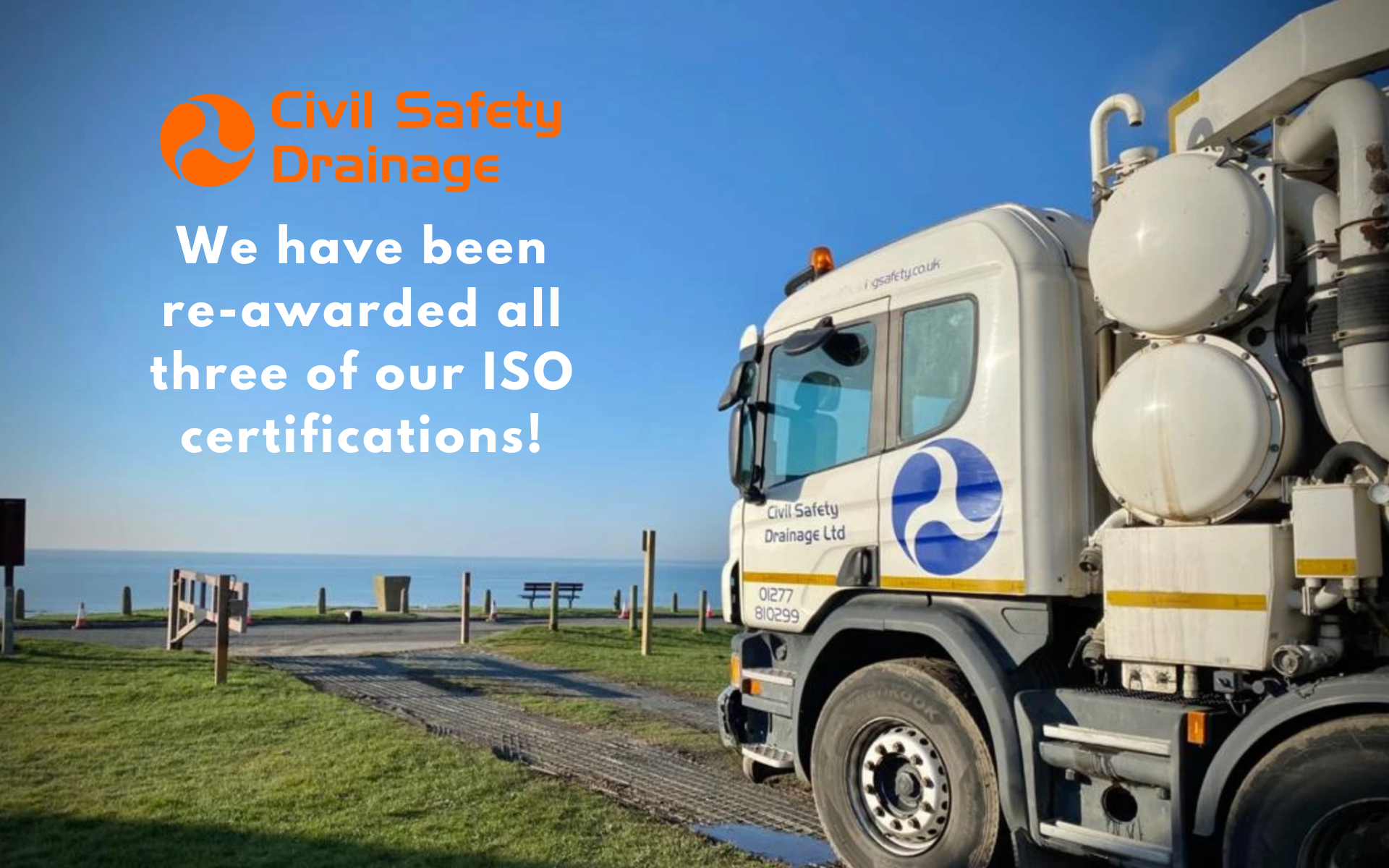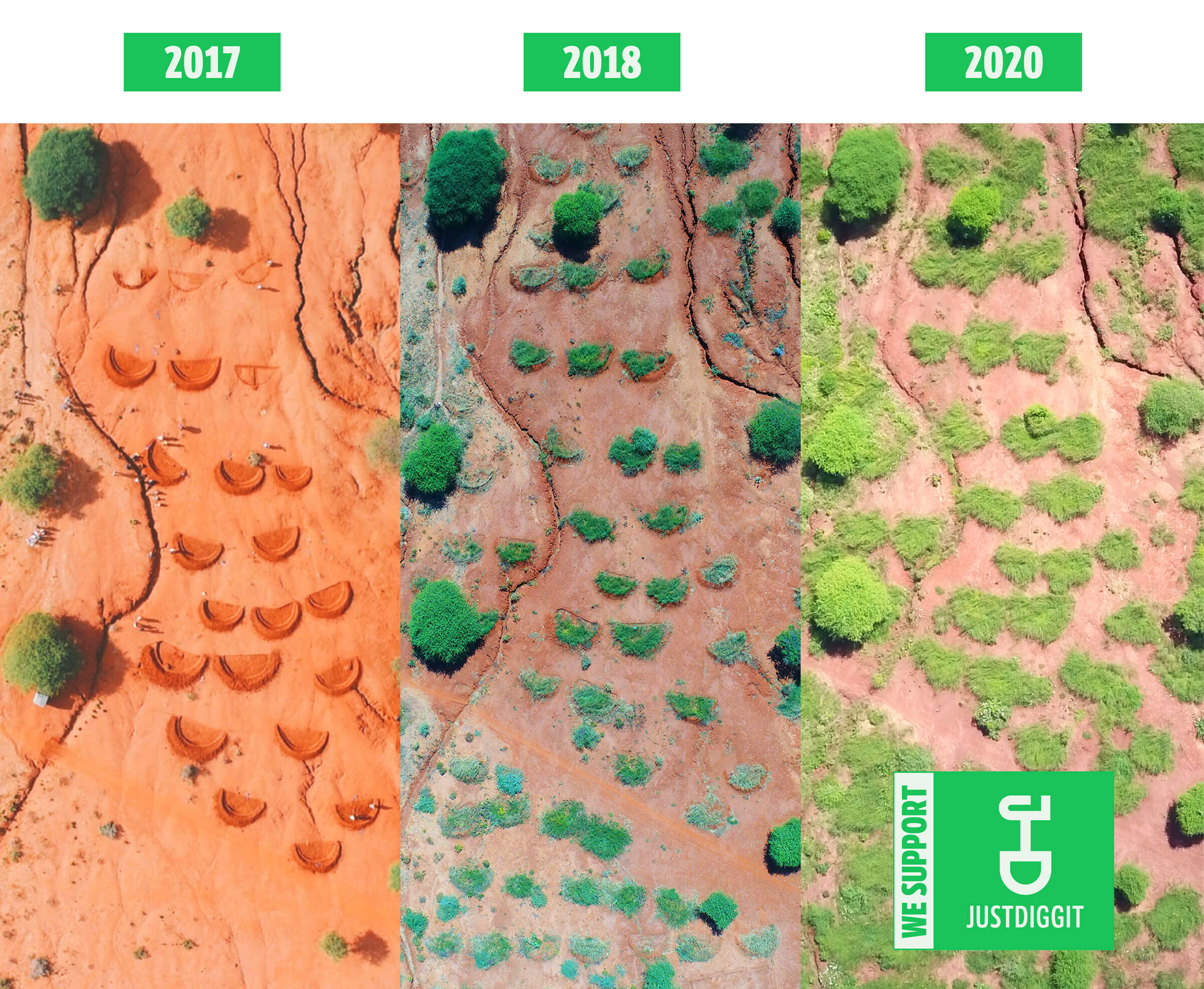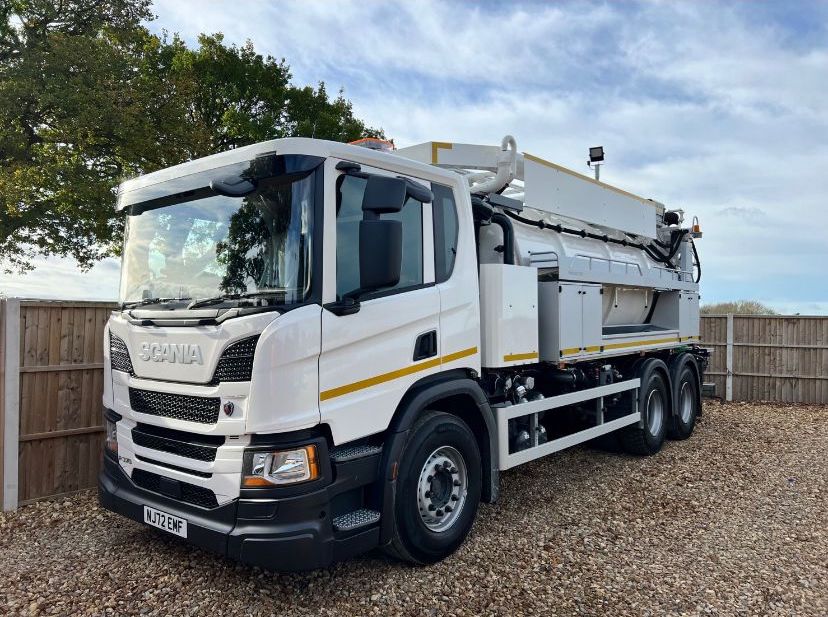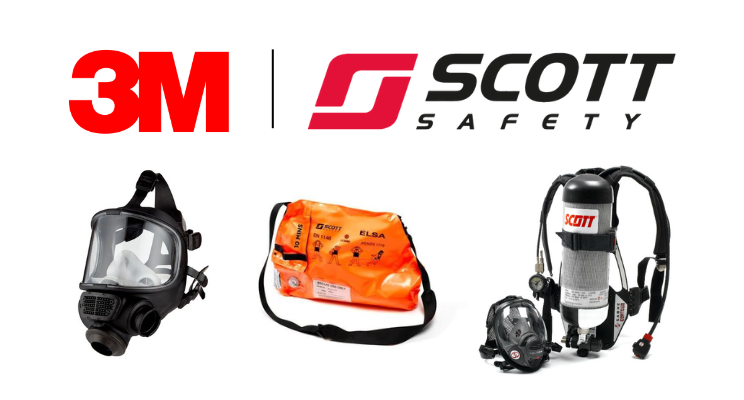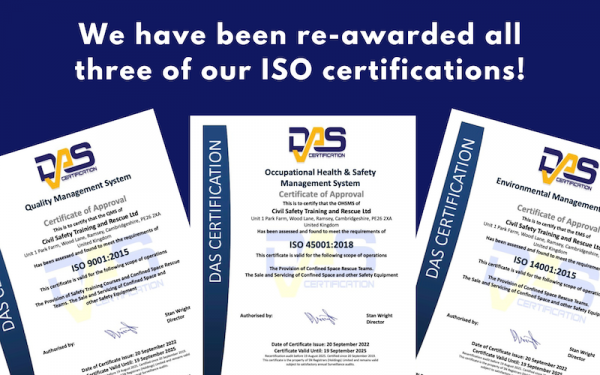How To Safely Rescue Someone From A Confined Space
When an emergency arises in a confined space it can be incredibly dangerous and even lethal. Space is limited and the points of entry and exit can be barely big enough for a single person to fit through at any one time. The situation can be made even worse if would-be rescuers react too quickly and without the proper training and experience. In fact, two-thirds of all deaths occurring in confined spaces are attributed to people attempting to rescue someone else.
The number one way to plan for a safe rescue from a confined space is to have fully trained rescue personnel available during confined space work. Depending on the work and risk level these could be fully trained internal employees or an experienced external team.
If using an internal rescue team, they must have completed the relevant training and be trained in first aid and CPR. And before carrying out the confined space work an assessment of all the hazards must have been conducted and a rescue plan be in place.
There are three types of confined space rescue:
Self-Rescue
Self-rescue involves an entrant (the worker) leaving the space under their own power. This might be because they have identified a hazard, are feeling unwell, or because the entry monitor outside the space has identified a new hazard and tells the entrant to get out. By identifying the problem and getting out before it becomes an emergency there is no need for other people to enter the space. However this does require the entrant to be trained to recognise when they should get out and how to do so safely such as by following the correct procedures for exit like disengaging equipment and moving carefully so as to avoid creating additional hazards.
Non-Entry Rescue
A non-entry, or external, rescue uses equipment to extricate a person from the confined space without the need for additional people to enter. This would typically include the entrant wearing a full body harness that attaches to a rope and pulley that the external team can use to lift them out in an emergency. The successful use of such equipment requires planning to ensure the harness or ropes won’t get caught on anything. This is even more important when an air supply line is in use. However, even with a non-entry rescue plan and appropriate equipment there must always be rescue personnel immediately available in case an entry rescue is needed.
Entry Rescue
An entry rescue is where additional people enter the confined space to perform the rescue. This should be the last resort option as it is the most dangerous rescue and improperly carried out has the potential to result in multiple fatalities. The rescue team must be fully trained, equipped and briefed on the space and its potential dangers. Communication with those outside the confined space is crucially important and so technology free of static of interference is needed. Rescue personnel will also wear PPE appropriate for the situation and this could include self-contained breathing apparatus, protective headgear, explosion-proof lighting and a harness.
Time Sensitive vs Non-Time Sensitive Rescues
Time sensitivity is an important factor affecting all confined space rescues. A rescue which is non-time sensitive might include an injury which is not life threatening such as a broken wrist. A time sensitive rescue or “emergency” would typically involve oxygen-deficient atmospheres where there is a small window of time, usually six minutes, to get someone out. The time for rescue can be even less if there is a fire-related problem. The UK’s Health and Safety Executive makes it clear that you can’t rely on the emergency services for a confined space rescue and considering that a person can’t last more than a few minutes without adequate oxygen, having a dedicated rescue team on-hand and available to perform an immediate rescue if an emergency situation arises can make the difference between life and death.
Takeaways
In reality, a safe rescue from a confined space starts long before the need for a rescue arises. Training, practice, hazard assessments, equipment testing and communication plans must all be carried out before anyone enters the space. Failing to take any of the necessary precautions, or not having the right rescue team on hand, will lessen the chance of a good outcome for entrants whether a rescue is required or not.
Civil Safety Training & Rescue
Our dedicated rescue team is highly experienced and fully trained to assist, should you require rescue and recovery of your workers that are in a place only accessible through a confined space. We’re used to working in underground vaults, storage silos and tanks, sewers, motorway access panels, shafts, chambers, boilers, pipelines, pits, service tunnels and disused basements.
Contact our rescue team: 01480 220615 | tina@civilsafety.co.uk


